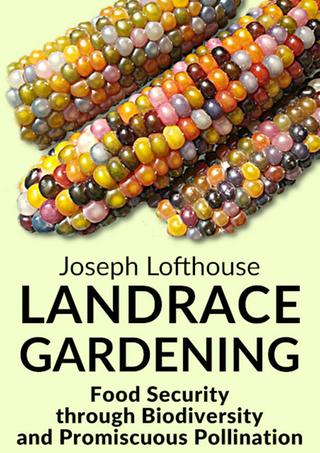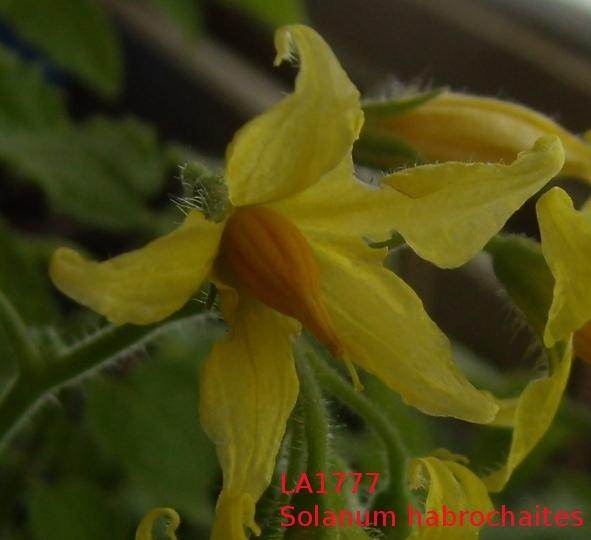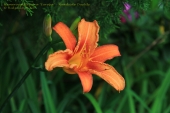
 16
16








 21
21




Blog: 5 Acres & A Dream
Books: Kikobian Books | Permies Digital Market
 6
6




A build too cool to miss:Mike's GreenhouseA great example:Joseph's Garden
All the soil info you'll ever need:
Redhawk's excellent soil-building series





 7
7




 16
16




Creating edible biodiversity and embracing everlasting abundance.
 17
17




 6
6




I'm only 65! That's not to old to learn to be a permie, right?
 3
3





 13
13




 5
5




Living in nature is being a Human
 18
18




How permies.com works
What is a Mother Tree ?
 9
9




![Filename: VID-20210613-WA0006_exported_3711.jpg
Description: [Thumbnail for VID-20210613-WA0006_exported_3711.jpg]](/t/162247/a/145410/VID-20210613-WA0006_exported_3711.jpg)
 4
4




 5
5




I like to grow and ferment and frolic about and play.
 7
7




"Despite all our accomplishments we owe our existence to a six-inch layer of topsoil and the fact that it rains."

 11
11





 2
2




How Permies works: https://permies.com/wiki/34193/permies-works-links-threads
My projects on Skye: The tree field, Growing and landracing, perennial polycultures, "Don't dream it - be it! "
 5
5




Gert in the making

 6
6





 4
4





 8
8
















 10
10




How Permies works: https://permies.com/wiki/34193/permies-works-links-threads
My projects on Skye: The tree field, Growing and landracing, perennial polycultures, "Don't dream it - be it! "
 3
3




Porch sitting is my favorite thing
 5
5






 6
6





 3
3













 5
5









 4
4





 6
6




Notes on the French edition
The French edition of Joseph Lofthouse’s book goes beyond a simple translation of its original English version, entitled Landrace Gardening. It is the fruit of a collaboration between Joseph, myself and the proofreading team Isabelle Harlé and Thomas Picard to reflect the most recent evolution of Joseph’s philosophy and adapt it to the specificities of the French-speaking world with its own dynamics that distinguish it from the English-speaking world.
Above all, Joseph wanted this text to tell a story. A story accessible to everyone, gardeners or professionals in the agricultural or agronomic world, living in Africa, Europe, Canada or anywhere in the French-speaking world. A story full of poetry, that can go straight to the heart and instill a message of hope, while being sufficiently detailed to offer a manual that is easy to implement and goes beyond the quarrels of chapels. Wanting to avoid dogmatism, Joseph was particularly keen that this book not use the verb To be, in any of its forms * . We have also chosen to use inclusive writing to reflect our wish that everyone feels included in these pages.
The pursuit of these objectives, added to the fact that Joseph has created, from scratch and with playfulness, expressions in the original text or given a new meaning to existing words, has presented interesting translation difficulties. The main challenge, but also one of the greatest riches of this text, however, results from the radical originality of Joseph's thought, and the difficulty of confining it to a movement or a conceptual framework in French. In this regard, the translation of the English term "landrace", which represents the very subject of the book, gave rise to long reflections. The term exists in French but it is used only in specialized circles. The concept of "population variety" also represents a possible translation but we have discarded it because of its overly technical connotation for people outside the agricultural/agronomic environment and the philosophy of this book who wants to move away from the modern concept of variety. Other farmers or agronomists work on projects extremely close to those of Joseph and use expressions such as "dynamic population", "evolutionary population" or PEPS (Population Évolutive Pré-Sélectionnées) to describe them. Some also translate the word "landrace" by the terms "varieties of countries" or "locals" which leads to a possible confusion with the old varieties from which it is distinguished. All these translations would have used words, rarely uniformly defined and often little known or understood, which also represent approaches or methods slightly different from those of Joseph. We have therefore preferred to translate the concept of “landrace” by the expression “mixed peasant seeds”. The decision to use the term “peasant seeds” is to insert this book into the political context of the struggle for seed freedom. The notion of “peasant” reflects the traditional, terroir-based, pre-industrial aspect of Joseph’s approach, and the adjective “mixed” emphasizes the essential importance he gives to diversity and genetic mixing. These three words combined reflect the essence of Joseph’s thought in a poetic rather than technical form, reflecting his unique style.
* A writing mode called E-Prime. For more information, read in English https://en.wikipedia.org/wiki/E-Prime
 7
7




"The genius of American farm experts is very well demonstrated here: they can take a solution and divide it neatly into two problems." -Wendell Berry
 5
5




"The genius of American farm experts is very well demonstrated here: they can take a solution and divide it neatly into two problems." -Wendell Berry





 7
7




Proudly presenting RocketMassHeaters.com
A good starting point to all RMH research
How Permies.com works

 9
9









 2
2





Proudly presenting RocketMassHeaters.com
A good starting point to all RMH research
How Permies.com works

| I agree. Here's the link: http://stoves2.com |








